(207 products available)
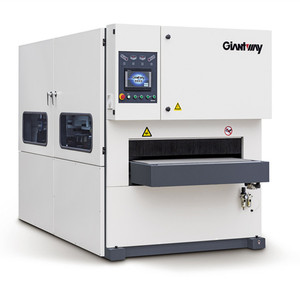

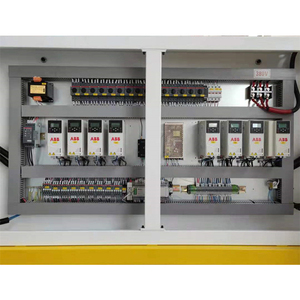





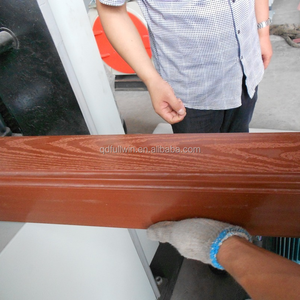





























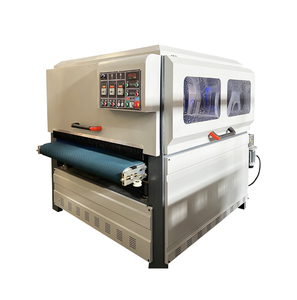


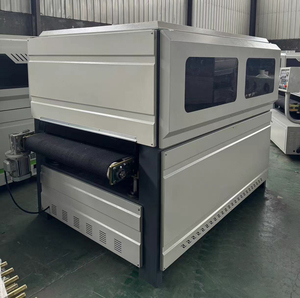






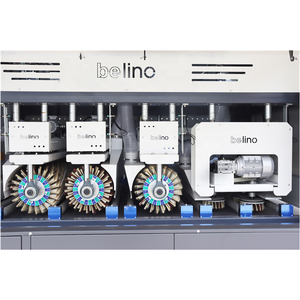
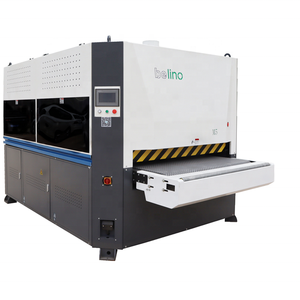
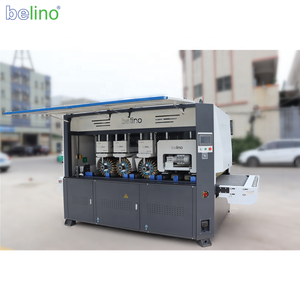




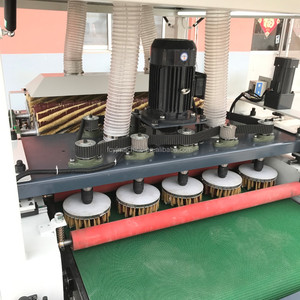
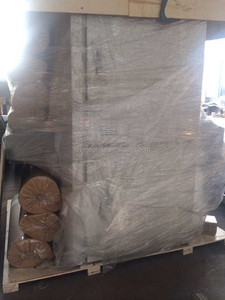
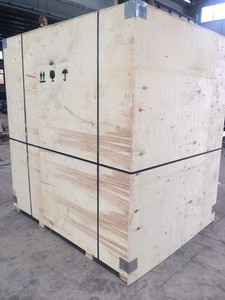


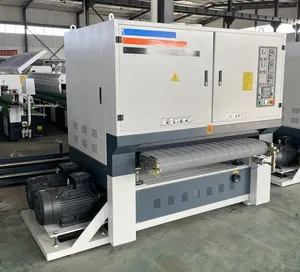









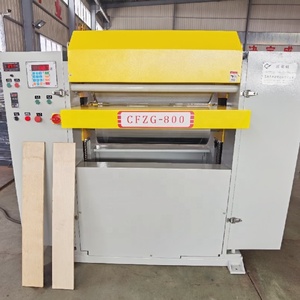








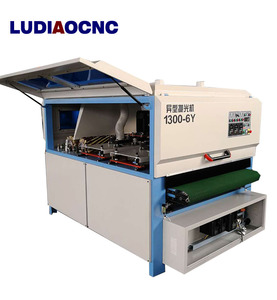
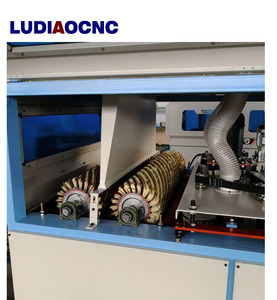
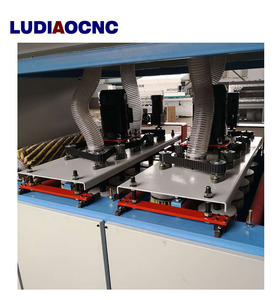


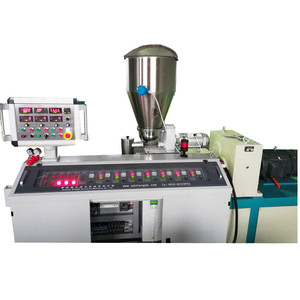
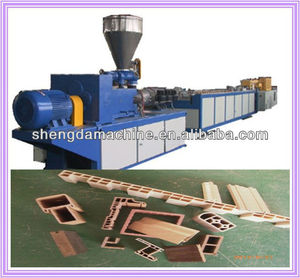












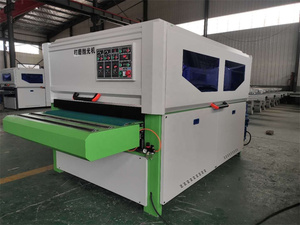
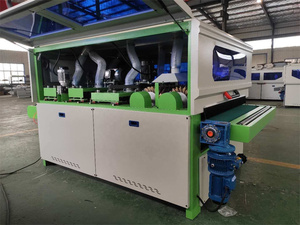





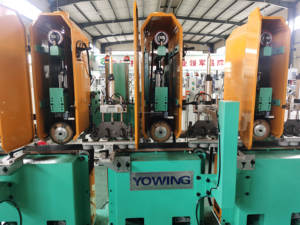









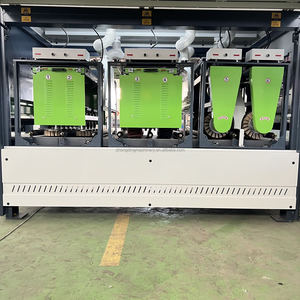



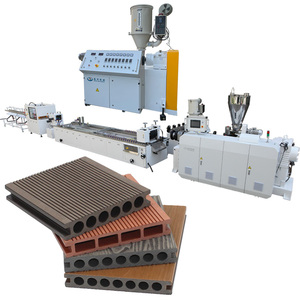

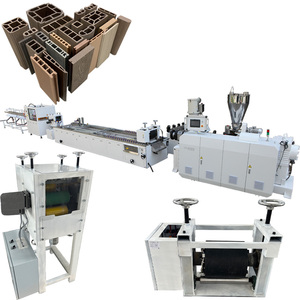




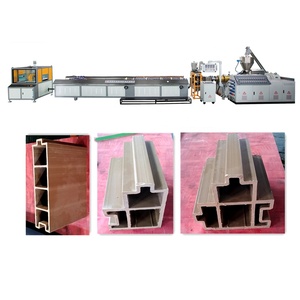








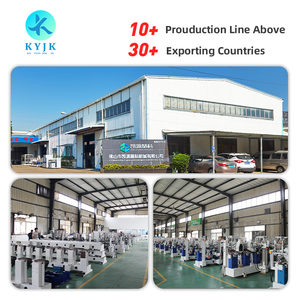



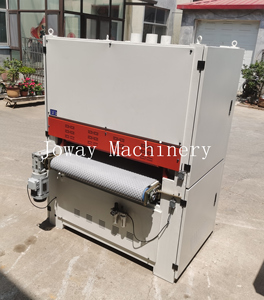
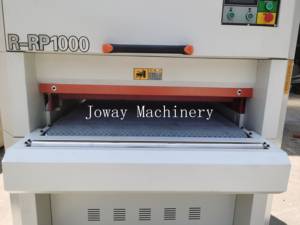





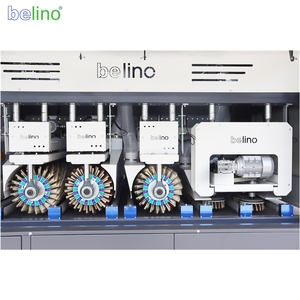








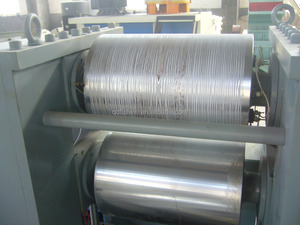

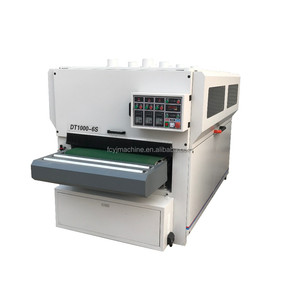
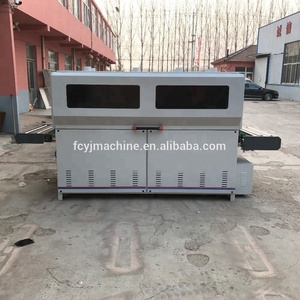




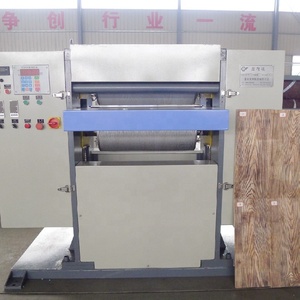
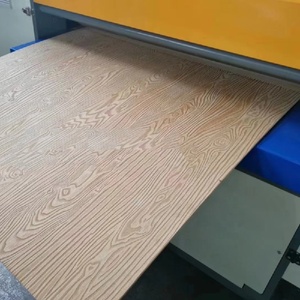
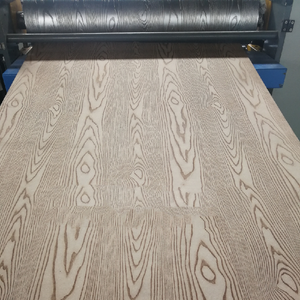




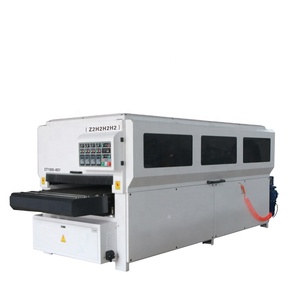
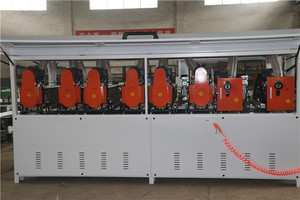






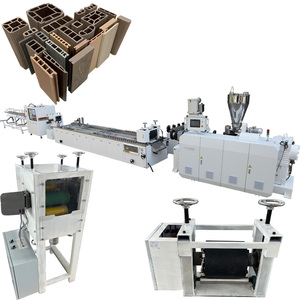


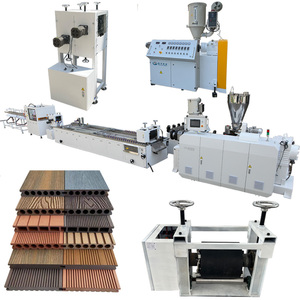













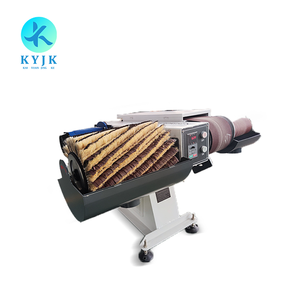



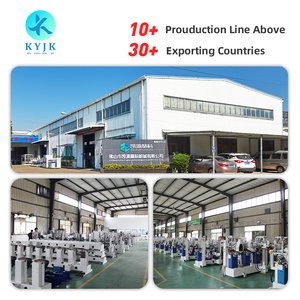








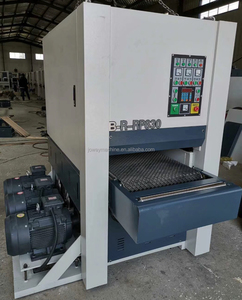



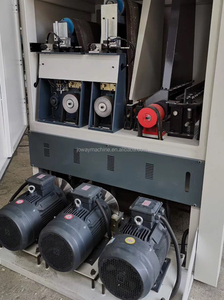















A wpc panel sanding machine is a wood-plastic composite (WPC) material surface treatment device mostly used in WPC material processing. For different types of WPC panels, there are various types of sanding machines which can be mainly used in the furniture-making industry, construction industry, and decoration industry. The main purposes of them are to smooth the surfaces of WPC panels and prepare them for subsequent coating or finishing.
Manual sanding machines are usually portable and widely used in small or irregular-shaped WPC panels. They are also multifunctional devices that can be used to sand other materials, such as wood or plastic. However, these machines require manual operations and are not always precise. As for the more advanced kinds of WPC panel sanding machines, there is the belt sander, which applies a two-sided WPC belt for even sanding and further accuracy. Orbital sanders are also popular kinds of WPC sanding machines. They are widely used for random orbital motions to sand the WPC panel surfaces evenly. Furthermore, edge sanding machines are specific devices that are designed to sand the edges of WPC panels precisely. They have a base that allows operators to easily maneuver the panel and precisely sand its edges.
When it comes to the more industrial-level kinds of WPC panels, there are sometimes CNC machines that are combined with a sanding function. These kinds of machines can precisely shape and smooth WPC panels with high precision and efficiency. Furthermore, drum sanders are also commonly available in the industry. They usually have one or more drums that are covered with abrasive materials and are suitable for large-scale sanding tasks.
To better understand how to maintain the WPC sanding machine, it is essential to look at its specifications and features. Knowing how each part works and what material it is made of helps identify which parts need cleaning or lubrication.
With these specifications in mind, it is easy to see which parts need cleaning and which parts may need lubricating.
Generally, if machine parts are regularly subjected to dust and debris from the WPC material being sanded, they should be wiped down and cleaned from time to time. Also, only a few parts of the machine require lubrication, such as where there is frequent friction between moving parts and bearings, such as the roller bearings.
Furniture manufacturing:
When creating furniture, one needs to use a WPC panel sanding machine to make the furniture smooth and well-finished. With its ability to make different textures and surfaces, such as matte, glossy or antique, this machine provides the final touch for WPC furniture products like chairs, tables and cabinets.
Architectural projects:
In architectural projects where WPC panels are used for facades, trim or interior panels, precise and uniform sanding is required in order to ensure proper adhesion of paint or coatings, as well as a consistent finish. This is important for a high-quality result in architectural constructions.
Sign making:
Signs made of WPC materials are a good alternative to traditional wooden materials, as WPC materials resist humidity and temperature changes. When making these signs, use a WPC panel sanding machine to get a uniform and smooth surface for subsequent painting or vinyl application.
Model making:
For those who create architectural, design or engineering models using WPC materials, the use of a WPC panel sanding machine makes it easier to achieve precise and smooth finishes on the WPC panels, which allows getting an accurate representation of the final model.
Prototyping:
The machine is also useful for the rapid prototyping and sample development of WPC materials. In this stage, it is necessary to make quick iterations and test prototypes, but the quality of the finish is essential to evaluate the appearance and functionality of the final product.
Investing in a high-performance WPC sanding machine is crucial to increasing productivity, efficiency, and profitability. When purchasing a WPC panel sanding machine, buyers should consider the following parameters to make the right choice:
Sanding capacity:
Determine the amount of material the WPC panel sander can handle. Look into features like maximum width, thickness, and length to see whether it meets production demands. Additionally, know the variety of sanding operations the machine can perform to assess its adaptability and flexibility.
Machine efficiency:
Focus on the machine's energy consumption, downtime, maintenance requirements, and speed of operation. When it comes to efficiency, the machine's ability to minimize energy consumption while maximizing production is a significant determinant of success.
Adequate control and automation:
Look for a panel WPC sander with automated processes such as auto feed and electronic monitoring. The machine should also include different speed and pressure settings so that operators can adjust it according to their preferences for what they want to sand. In addition, efficient electronic dust collecting systems will aid in reducing workplace pollution.
Ease of use and maintenance:
A good operator interface includes complete instructions, trouble codes, and error messages all in one language. Buy machines with predictive maintenance features and proactive maintenance schedules that help businesses know exactly how to take care of their valuable equipment over time. Choose a WPC panel sanding machine that is designed to be easily cleaned and has removable parts so that tedious jobs don't take up too much time or energy.
Installation and after-sales services:
Buyers should look into shipping and taxes, installation services, and after-sales support. Are there any extra expenses that may come in addition to what was already paid? Does someone come out to physically assist in installing it at first? If not, then how far away is customer service from where one is located? Find suppliers who can answer these questions with clarity and certainty before making a purchase.
Q: What are the WPC boards made of?
A: WPC stands for wood-plastic composite, an engineered material combining natural wood fibers or cellulose (like recycled paper, wood, or plant matter) and plastic fibers. Some WPC also contains other materials like calcium carbonate, polystyrene, or polypropylene. These materials are combined to form a composite material that has similar qualities to both wood and plastic. The ratio of wood to plastic in the composite can vary, but it usually contains enough plastic to give it resistance to moisture and decay, making it suitable for products like decking, flooring, and furniture.
Q: What is the purpose of sanding WPC?
A: WPC sanding is important for the surfaces of the panels to be smooth and even. Sanding ensures that any bumps, grooves, or imperfections are removed. It helps to prepare the panels for further finishing or assembly. The edges and ends of the panels are also sanded to achieve a better fit when joining with other materials or components. With the help of the WPC sanding machine, the weight and thickness of the panels can also be adjusted to meet specific requirements for different applications.
Q: How does the WPC panel sander work?
A: The WPC panel sander is equipped with different sanding belts to perform tasks at various speeds. It works with a vacuum cleaner to achieve dust-free sanding. The panels to be sanded are fed to the sander by a feeder conveyor belt. The WPC sander then smoothens uneven surfaces, particularly those with a rough texture as a result of the injection molding process. The panel is then polished to a mirror-like finish and sent out again through another conveyor belt.
Q: What are the advantages of using a WPC sander?
A: Manually sanding WPC panels can be extremely exhausting and time-consuming. The WPC sander helps to evenly sand panels without putting in much effort or time. It is able to efficiently and precisely sand panels of any size and thickness, giving it greater versatility as opposed to any manual methods. The use of the WPC sander can significantly increase production capacity, and smoother surfaces are achieved more consistently when using a machine compared to manual labor.